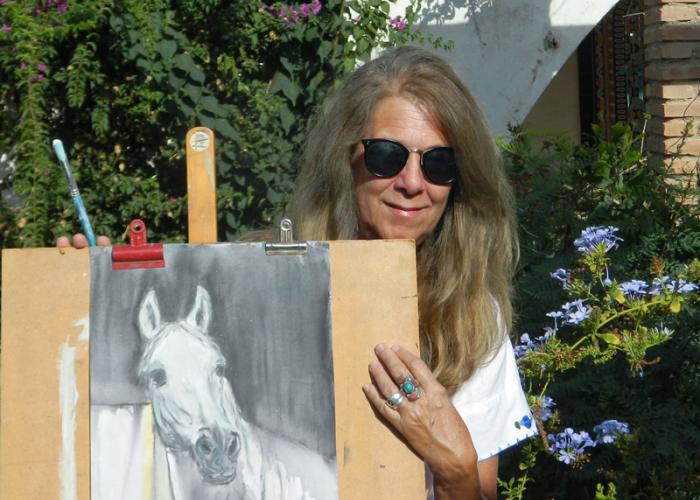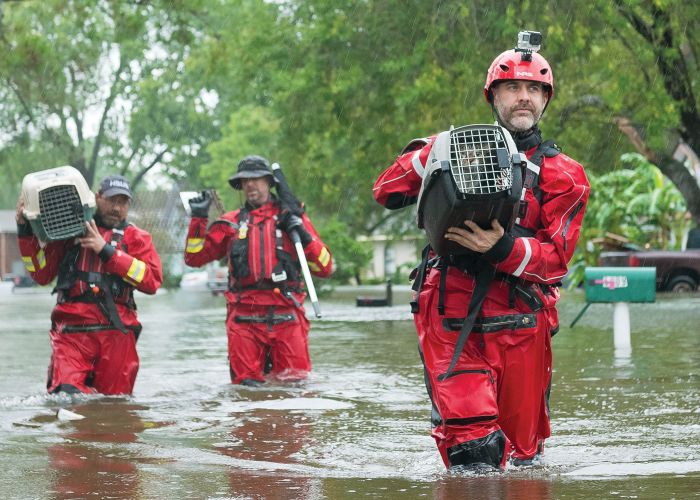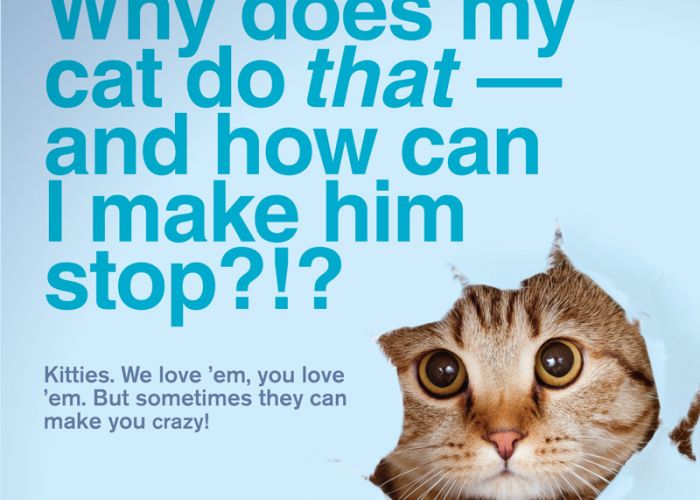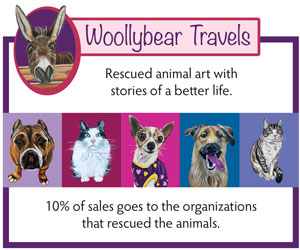Reaching for full adoption potential
Through foot-traffic analysis and innovative programs, shelters improve customer service and boost adoptions
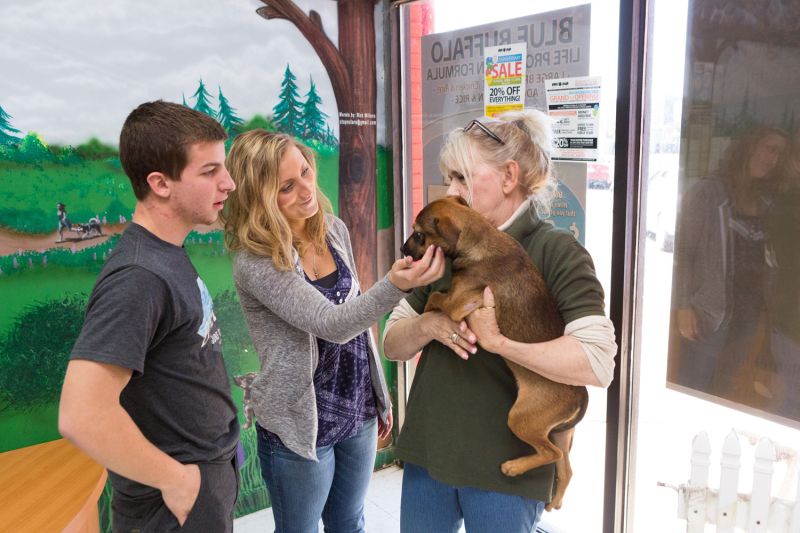
On any given day, people are entering your shelter for a variety of reasons. One person is eager to meet the dog you promoted on social media last week. Another stopped by for a casual browse of your available cats. And there’s the couple whose children clamored to meet real-life animals of any species.
Do these people know where to go after they cross your threshold? How long will they wait before a staff member greets them? How many will ultimately exit your shelter with a new family member?
These are some of the questions Human Animal Support Services, a program of Austin Pets Alive!, is helping shelters tackle through the Competitive Pet Placement Project.
The idea for the project originated during discussions about declining adoption rates in the post-COVID era. Several shelter leaders asked how they could attract more people into their buildings to adopt.
“And so we had the question of what about the people who are already coming in,” says Amanda Foster, director of programs for HASS. “How successful are those conversions?”
In the quest for answers, HASS began working with shelters to identify internal policies and bottlenecks that made it harder for community members to adopt.
“We started with a low-hanging fruit checklist, barriers to adoptions such as landlord checks, proof of income and things like that,” Foster says. “We were finding through that process that…there’s a lot of opportunity to increase adoptions.”

A deeper dive
In late 2023, HASS set out to determine just how big those opportunities were. They partnered with five shelters—Cincinnati Animal CARE in Ohio, Charlotte-Mecklenburg Animal Care and Control in North Carolina, Wisconsin Humane Society in Milwaukee, LifeLine Animal Project in Georgia and Riverside County Department of Animal Services in California—to take an in-depth look at the adoption experience inside their facilities.
Each shelter implemented a foot traffic tracking system with three main components: a visitor check-in process using QR codes and tablets, automated post-visit client surveys, and computerized dashboards where staff could view visitor wait times, adoption statistics and more.
Over six months, adoption conversion rates (the number of visitors interested in adopting compared to the number who completed an adoption) at the five shelters ranged from 8% to 51%, for an average of 31%. Another key finding: Only 17% of shelter visitors who left without a pet ever returned.
“It really reinforced the importance of making the best first impression we can,” Foster says.
But the project aimed to do more than measure the gap between adoption potential and adoption reality, says Nichole Hazard, HASS associate director of marketing and communications. The goal was to help shelters create “an adoption experience that people expect and enjoy.”
31%: Average adoption conversion rate for five shelters in the Competitive Pet Placement Project
Data-driven strategies
In the next phase of the project, shelters used data from post-visit surveys to identify the top reasons people were leaving their facilities without a new pet. They then worked with the HASS team to implement new initiatives to chip away at the barriers.
Field trips and trial adoptions were designed to give “still deciding” visitors the opportunity to determine if a pet would be a good fit for their family before making a commitment. Foster-to-adopt programs enabled pets to get into homes before their medical work was completed, easing the bottleneck caused by spay/neuter backlogs. Matchmaking programs helped visitors learn about all of an organization’s adoptable pets and zero in on the right one for them.
Even before the new programs launched, the tools used for tracking foot traffic were having an impact on shelters’ customer service.
For organizations that weren’t already using a digital check-in process, it “completely transformed the vibe in the front lobby,” Foster says. “Instead of standing in line or sitting on benches, people were going to interact with pets and not afraid of losing their place.”
With the information submitted through the check-in system, adoption counselors felt better prepared for interactions with clients. The dashboards gave frontline staff an easy way to view the results of their efforts, which increased their commitment to boosting adoption numbers and customer service ratings.
Shelters also learned when their lobbies were busiest and how long adopters had to wait before they talked with a counselor. “It challenged some of our preconceptions,” says Rachel Hahn, director of animal services at Wisconsin Humane. “We didn’t think Wednesdays at noon were such a busy time, so it influenced our staffing decisions.”
In the past, if a visitor to the Wisconsin shelter had a bad experience but didn’t say anything, Hahn and her team would never know about it. After implementing the post-visit surveys at their Milwaukee campus, they began receiving kudos and constructive feedback—along with a chance to reclaim missed opportunities.
“I've had some really rewarding conversations with clientele who…have actually come back to adopt,” Hahn says, “and we’ve been able to set up an experience that was more supportive for them.”
A fresh perspective
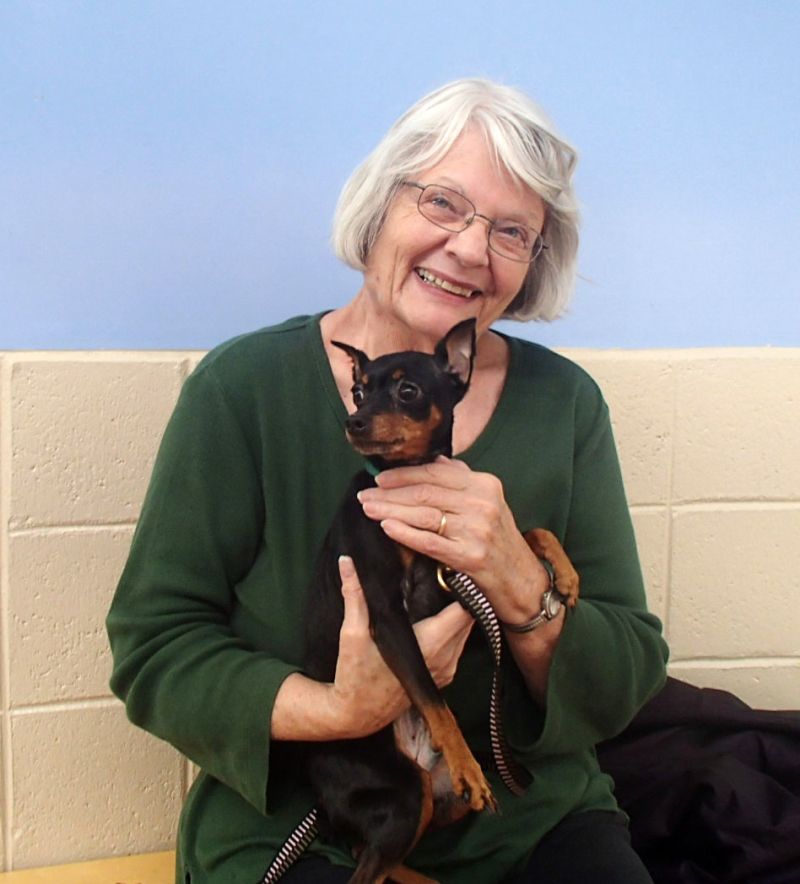
Before Wisconsin Humane joined the Competitive Pet Placement Project, it had relatively high adoption rates at its six shelters. But its animals, particularly adult dogs, were taking longer to get adopted. Shelter leaders were eager to learn if they were unknowingly making it harder for people to adopt.
During a weeklong site visit to the shelter’s Milwaukee campus, the HASS team brought technical solutions, training and a fresh set of eyes.
Some changes that resulted were simple, such as adding signs in the lobby that directed visitors where to sign in. “We’d kind of just assumed that people knew that there’s a person sitting at a desk and that’s where you go,” Hahn says.
But there were more complex challenges, too. A lengthy adoption process could take several hours from start to finish—leaving counselors with little time to engage with casual “browsers.” The shelter lacked an effective way to highlight animals who were housed outside public view or in foster care. A disconnect between animal care and front lobby staff was hindering matchmaking efforts.
With guidance from HASS, the Milwaukee shelter began to implement changes that were tailored to its needs and its capacity, Hahn says.
Adoption counselors learned techniques for streamlining their processes, which reduced wait times and allowed them to connect with more visitors. Volunteer greeters in the front lobby were equipped with short scripts and training that enabled them to play a bigger role in matchmaking and share information about animals in foster care or back kennels.
To bridge the communication divide between the caretaking and adoption teams, HASS worked with the shelter’s IT staff to add new data fields and reports to its software system, where staff and volunteers could record positive observations about the animals they interacted with. This gave adoption counselors a more complete view of pets’ personalities, which they could share with potential adopters.
From March through August 2024, the in-person adoption conversion rate at the Milwaukee campus increased by 20%. Hahn and her team are now implementing the changes at their other five shelter locations and plan to launch a trial adoption program later this year.
These are the type of results the HASS team hoped for when they first envisioned the Competitive Pet Placement Project. To help more organizations reach their full adoption potential, HASS developed a toolkit with detailed case studies, technology tips and lessons learned from the project.
Among those lessons: “Shelter workers are passionate about what they do,” Hazard says. “When they have tools to do their jobs even better, that passion increases.”
Hahn agrees and notes that the project is a testament to the value of bringing a third-party perspective to shelter operations.
“When you’re part of a system that’s been working, you get really attached to that process,” she says. “HASS was able to come in and say, ‘Have you considered trying this?’ And it would work. It felt good.”



